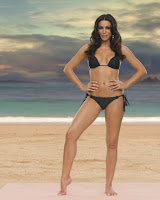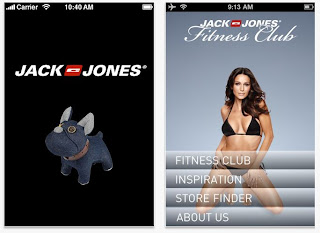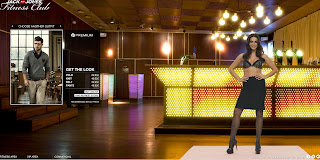This is an excellent example of a seamless online-offline integration achieved with an accessible game mechanic.
Maoam uncovered a sticky situation surrounding the name of its chewy sweets. Children weren't choosing or asking for the brand as they were unsure how it should be pronounced. The Maoam brand has been around since the early 1930s, so rather than change the name, Maoam opted for a campaign that would allow children to recognise the word 'Maoam' and let them play with its unusual sound.
Kids could play the Maoam Mixer online via Facebook, or download it from the iTunes store for the iPad. The Maoam Mixer also took to the road on a tour of shopping centres around the country, bringing the app to life in a live competition environment.
The bright colours and cartoon graphics that appear on packets of Maoam sweets disguise the fact that children have been enjoying the fruit flavour chews since the 1930s. Although acquired by Haribo in the mid-1980s, the Maoam brand name was retained and is still a popular confectionary across Europe, especially in its native Germany.
Haribo become a popular and easily recognisable brand and in the UK is almost synonymous for any kind of gummy sweet, but Maoam has struggled to achieve the same connection with consumers.
What's in a name?
Insight revealed that children were choosing other sweet brands over Maoam as they were unsure of how to pronounce the name when asking for it. Rather than go through the time and expense of changing the brand name, Maoam decided to launch a campaign that would educate children how to pronounce the name, let them have fun with the word and raise the brand's social media profile.
Maoam: The game
Maoam Mixer, a game that helped children play with the brand name was designed and became the central pillar of a campaign that would combine online and real world activity. The game allowed children to create a track featuring different expressions of the word 'Maoam'. These could be enhanced with animal noises, percussion, musical stings and other sound effects. The app, hosted on Facebook, allowed users to create their own Maoam avatar, play the mixer and post their finished track on their Facebook profile.
Each week, ten mixes from the Facebook app were selected to win prizes. One winner took home an iPad2, with goody bags for the other nine.
A downloadable version of the app was made available through Apple's iTunes store.
Maoam roadshow
Two experiential hit squads travelled the country over a period of 10 weeks in branded 4x4 vehicles delivering samples in city centres, local attractions etc. They delivered Maoam Giant Strawberry stripes along with relevant messaging, literature etc pointing the consumer to the Maoam Mixer app on Facebook.
This street-sampling ran in conjunction with the Maoam Mixer Experience Tour - a 6x6m stand that resembled a giant stereo that visited major shopping centres across the country. This offered an extended brand experience and allowed consumers to try out the Maoam Mixer app on iPad stations via their Facebook pages, or they could try their skills on the competition stage where two wannabe DJs went head-to-head on Maoam Mixer touch-screens to create the most popular mix track. The stand was designed to be very bright, colourful and an engaging space for children. Experienced staff and an MC were on hand to make guide the brand experience.
Results
The Maoam sampling campaign was extended due to its early success. The sampling target was increased from 800,00 to 1,052,000 packs.
As of September 2011, the Maoam UK Facebook page has 432,594 fans, which represents an approximate 20% growth over the past six months.
The app was made available on the iTunes store 14/9/11.
Facebook records the Maoam Mixer as having nearly 12,000 monthly active users.
Social baker figures indicate that the Maoam Facebook page acquired more than 5,500 fans in the first two weeks of September 2011.
Links


































